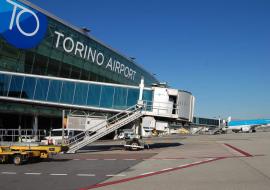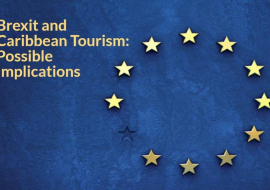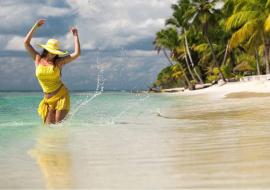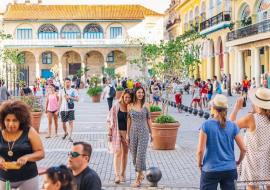Central America Trades Wars for Tourism
Central American governments are looking to tourism as a lifeline for their feeble economies and bending over backward to paint a brighter picture of their countries in an effort to make potential visitors put behind the image of the war-riddled region that it used to be in the past.
Tourism ministers and officials met over the weekend in Costa Rica for the First Central American Tourism Congress that gathered more than 200 experts.
Leda Sanchez, Nicaragua´s tourism deputy minister, said her country "learned to trade weapons for tourists and we´re now convinced that this is what the future is actually like."
According to Mrs. Sanchez, the big jump for the local travel industry came in 2002 when the country churned out $150 million worth of revenues, compared to a meager $15 million in 2001. That figure shot up to $153 million last year.
"Today, Nicaraguans are no longer fighting with weapons as they did back in the 1980s, but rather for their future and armed with a tourist industry," Mrs. Sanchez added.
A similar situation happens in neighboring El Salvador, a country that endured a bloody civil war between 1980 and 1992 that left the nation behind a competitive eight-ball compared to other Central American countries.
"War pushed back our economic development a quarter of a century, but we´re now willing to do in a decade what Costa Rica did in thirty years to reach this level of excellence," Salvadoran Tourism Minister Luis Cardenal pointed out.
This new image of Central America as a region of peace and nature is the spearhead of a promotional campaign that the Central America Tourism Agency (CATA) started out in Europe a year and a half ago.
"The future is bright for the new Central America that we´re advertising in Europe," CATA Executive President Javier Vega said recently. "It has all the conditions that tourists look for in this part of the world: culture, nature and adventure."
"Some people say they don´t want to come to Central America because there´s a war going on in the region," Mr. Vega went on to say. "I tell them it´s been over a decade since we achieved peace here and the people rebuilt a wonderful place."
The outcomes have begun to pop up. For 2004, tourism authorities expect to welcome as many as 639,000 European travelers, up 14 percent from the year before. And most of the success is owed to the promotion of the region as a multi-destination choice.
For his part, Honduras´s Tourism Minister Thierry de Pierrefeu believes Central America has right now a once-in-a-lifetime opportunity to increase tourism and bring more development to each and every country.
Costa Rica´s Tourism Minister Rodrigo Castro chimed in that conditions are right for Central America to develop a strong travel industry, "as long as things are done in an orderly and careful manner," he warned
"At the beginning, the tourist sector in Costa Rica grew in a disheveled way. But as years rolled by, we learned that there can´t be any true development without proper organization, and that means stronger ties between the government and the private sector," Mr. Castro concluded.













